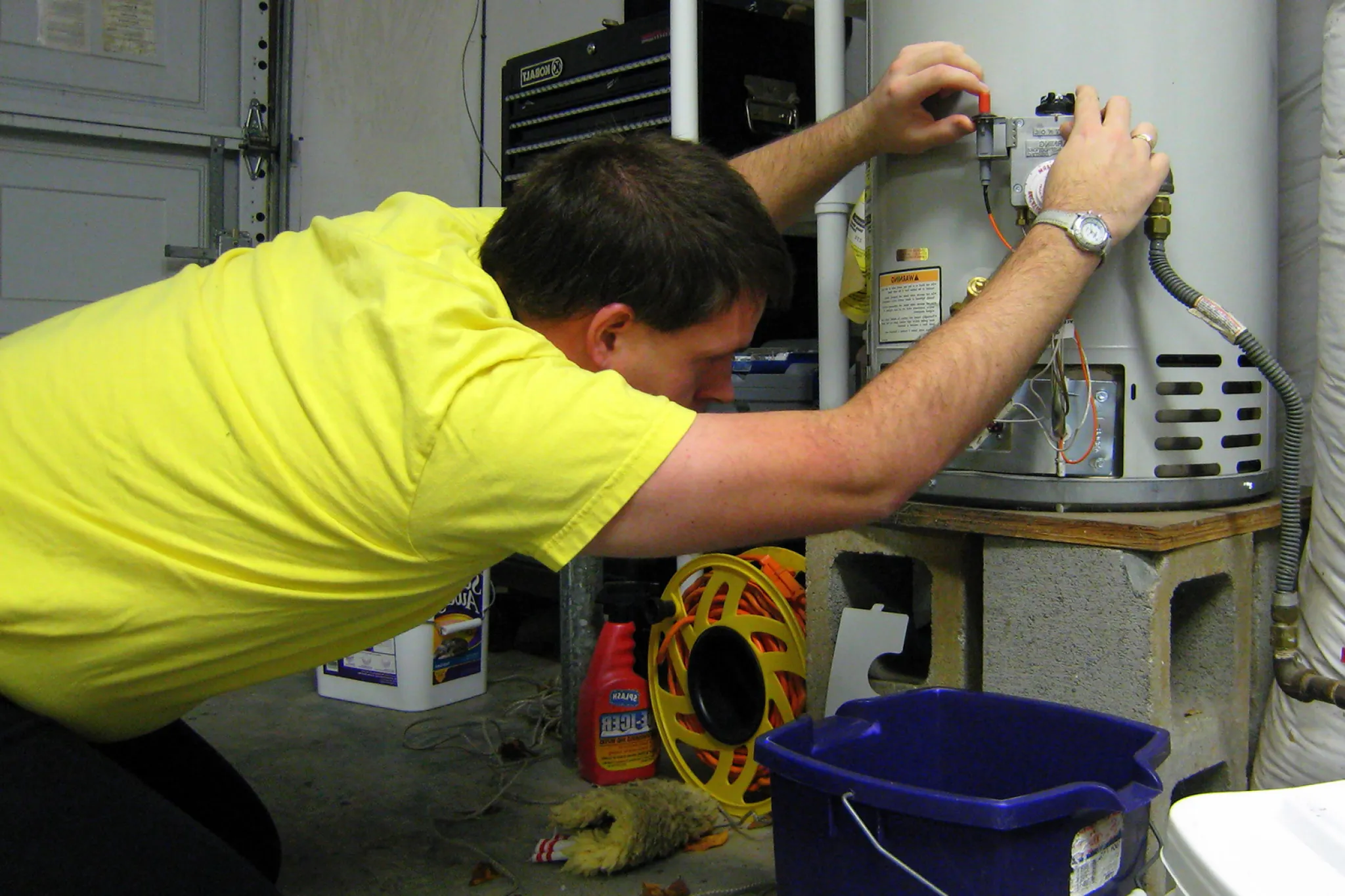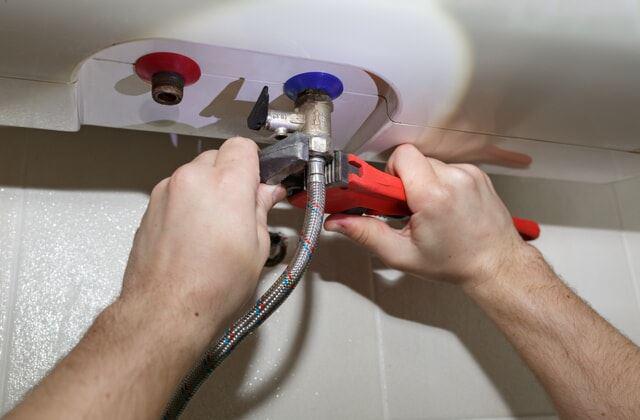Simple Ways to Maintain Your Home's Hot Water System ProperlyHow to Keep Your Home's Hot Water System Functioning Well
Simple Ways to Maintain Your Home's Hot Water System ProperlyHow to Keep Your Home's Hot Water System Functioning Well
Blog Article
This great article below in relation to Tips For Maintaining Your Hot Water Heater is exceedingly fascinating. Don't skip it.

Hot water is important for everyday convenience, whether it's for a revitalizing shower or washing meals. To guarantee your hot water system runs effectively and lasts longer, routine upkeep is key. This post gives useful pointers and understandings on how to preserve your home's warm water system to avoid disturbances and expensive fixings.
Introduction
Preserving your home's hot water system may seem difficult, but with a couple of simple steps, you can guarantee it operates efficiently for years to find. This guide covers whatever from comprehending your warm water system to DIY maintenance pointers and understanding when to call professional aid.
Importance of Maintaining Your Warm Water System
Normal maintenance not just expands the life expectancy of your warm water system but likewise guarantees it runs efficiently. Ignoring upkeep can result in reduced performance, higher energy costs, and even premature failure of the system.
Signs Your Hot Water System Needs Maintenance
Understanding when your hot water system needs interest can prevent significant concerns. Keep an eye out for indicators such as irregular water temperature level, unusual noises from the heating unit, or rustic water.
Comprehending Your Hot Water System
Before diving into maintenance jobs, it's valuable to comprehend the fundamental elements of your warm water system. Normally, this includes the water heater itself, pipes, anode rods, and temperature level controls.
Month-to-month Upkeep Tasks
Routine regular monthly checks can assist capture minor issues before they escalate.
Purging the Hot Water Heater
Purging your hot water heater eliminates sediment accumulation, improving efficiency and prolonging its life.
Checking and Replacing Anode Rods
Anode poles stop rust inside the tank. Evaluating and changing them when worn is important.
Examining and Adjusting Temperature Level Setups
Changing the temperature level setups makes certain optimum efficiency and safety and security.
Do It Yourself Tips for Upkeep
You can do a number of upkeep tasks on your own to maintain your warm water system in leading problem.
Looking for Leaks
Frequently examine pipes and connections for leaks, as these can lead to water damages and greater expenses.
Checking Pressure Alleviation Valves
Checking the pressure safety valve guarantees it functions appropriately and stops excessive stress accumulation.
Insulating Pipelines
Protecting hot water pipes minimizes heat loss and can conserve energy.
When to Call a Professional
While DIY upkeep is useful, some issues call for expert expertise.
Facility Issues Calling For Expert Help
Instances include significant leaks, electric problems, or if your hot water heater is consistently underperforming.
Regular Professional Upkeep Benefits
Expert maintenance can consist of thorough evaluations, tune-ups, and making sure compliance with security criteria.
Final thought
Normal maintenance of your home's warm water system is essential for effectiveness, long life, and expense financial savings. By following these ideas and knowing when to seek specialist help, you can make sure a reliable supply of hot water without unanticipated disruptions.
Water Heater Maintenance Tips
Test the TPR Valve
Shut off the power and the cold-water supply valve. Place a bucket under the pipe connected to the temperature-pressure-release (TPR) valve on the top or side of the tank. (This valve opens if the tank pressure gets too high.) Lift the valve’s tab to let some water out, then let go. If water keeps flowing, drain the tank partway, unscrew the old valve with a pipe wrench, and install a new one. Check the Anode Rod
Put a hose to the tank’s drain cock and let out a few gallons of water. Now fit a 1 1/16-inch socket onto the rod’s hex head on top of the heater (or under its top plate) and unscrew the rod. If it’s less than ½ inch thick or coated with calcium, buy a new one, wrap its threads with Teflon tape, put it back in the tank, and tighten securely. Use this segmented rod if headroom above the tank is limited. Drain the Tank and Wash Out Sediment
Drain the remaining water in the tank into the bucket, then stir up the sediment on the tank’s bottom by briefly opening the cold-water supply valve. Drain and repeat until clean water comes out of the hose. Close the drain cock, refill the tank, and turn its power back on. Adjust the Temperature
Find the temperature dial on the side of the tank and unscrew its cover. Adjust the dial to 120 degrees using a flathead screwdriver. For every 10 degrees the temperature is lowered, you can expect to save up to 5 percent in energy costs. Turn the water heater off or the thermostat down to its lowest setting if you plan to be away from home for more than three days. Insulate the Pipes
Buy some self-sticking 3/8-inch-thick foam pipe insulation that matches the pipes’ diameter. Slide the foam over the hot-and cold-water pipes as far as you can reach. Insulating the cold-water pipe prevents condensation in summer. Peel the tape and squeeze the insulation closed. If the pipe is 6 inches or less from the flue, cover it with 1-inch-thick unfaced fiberglass pipe wrap. https://www.thisoldhouse.com/plumbing/21016402/how-to-maintain-a-water-heater

Hopefully you enjoyed our part on What Kind of Maintenance Do Water Heaters Need?. Thank you so much for taking time to read through our blog. In case you enjoyed our blog entry kindly be sure to share it. Many thanks for your time. Kindly visit our site back soon.
Estimating Report this page